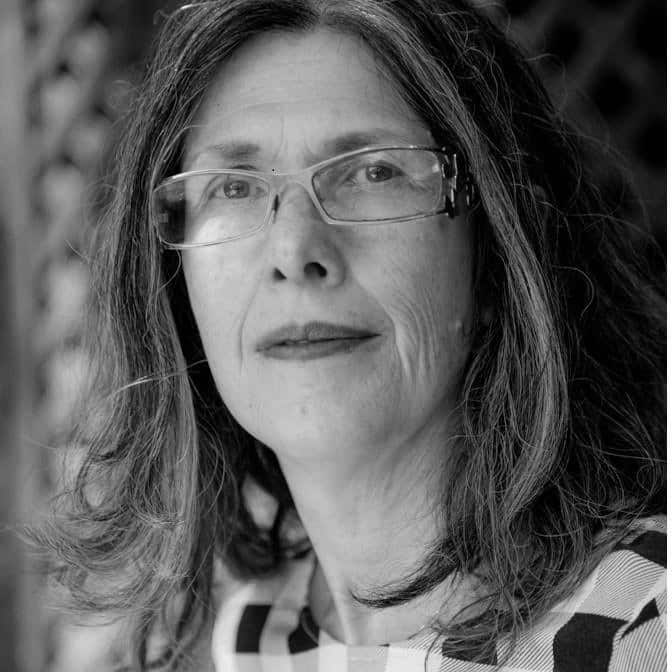As I've done on a few occasions before, I'm utilizing this blog space to post some thoughts about this week's Torah portion–thanks in no small part to a gentle push from my friend Rabbi Ruth Adar, the “>13 Attributes of God with their emphasis on the Diviine capacity for forgiveness: “HaShem! Hashem! God, Compassionate and Gracious, Slow to anger and Abundant in Kindness and Truth, Preserver of kindness for thousands of generations, Forgiver of iniquity, willful sin, and error, and Who Cleanses (but does not cleanse completely, recalling the iniquity of parents upon children and grandchildren, to the third and fourth generations)” (34:6-7).
Meanwhile, Moshe’s brother Aaron, the High Priest had the task of serving the people below. Moshe has learned that Aaron the Priest would be given a sanctioned way to provide the people with spectacle and ritual, tangible symbols of God’s sovereignty. He will preside over sacrifices, resplendent in a gorgeous robe, headdress and diadem, so highly costumed that the individual man’s face will almost disappear into his role. Aaron is well-suited to this task, but he has not been invested yet. Already, though, he seeks to translate the Infinite into a set of metaphors and symbols that the human mind can grasp. Aaron accedes to the people’s demand for a physical representation of God and assists them in making the egel.
The danger in Aaron’s way is that it risks idolatry, a confusion of a symbolic representation with Divinity Itself. Nachmanides (Rabbi Moshe ben Nachman, b. Spain d. Eretz Israel, 1194-1270) suggests that, at first, the people knew that no statue made from the gold of their own earrings could be God. What they yearned for, this commentator says, was a symbol of God’s might which had brought them out of Egypt. The people forgot that the way to get closer to God is by observing God’s commandments, and that physical representations of the Divine had already been expressly forbidden. Eventually, the distinction between the symbol and Who it was supposed to stand for became confused and, says Nachmanides. The people began sacrificing directly to the egel. Ritual observance was divested of meaning and moral content. It was no longer an expression of a mutual relationship with God, but superstitious magic meant to ward off fear.
Our parashah teaches that Moshe’s level of intimacy with God represents an aspiration, not a reality, for most of us. Moshe was so close to God that he became isolated from other people, even his own family. He was so filled with the fire of God’s presence that his face emitted an uncanny glow. The prophet who was not permitted to see God’s face got close enough to be forced to hide his own visage from his community, to remain veiled and separate.
Our Rabbis were not prophets, and those among them who were priests had no temple in which to officiate. They chose to know God through studying revelation, through that understanding of Torah which revealed itself to them in conversation with one another. (For example, as they and their successors constructed our holy day liturgy, the 13 Attributes are chanted: “HaShem! Hashem! God, Compassionate and Gracious, Slow to anger and Abundant in Kindness and Truth, Preserver of kindness for thousands of generations, Forgiver of iniquity, willful sin, and error, and Who Cleanses. While the observation that the mideeds of previous generations wound their descendents is psychologically astute, the theodical implications of the text have been removed from those prayers which emphasize personal atonement and responsibility.)
Midrash Rabbah teaches that:
Another explanation of “And God spoke all these words saying…” Rabbi Isaac said: The prophets received from Sinai the messages they were to prophesy to subsequent generations; for Moses told Israel: But with he who stands here with us this day before the Lord our God, and also with him that is not here with us this day, etc. (Devarim 29:14). It does not say ‘that is not here standing with us this day’, but just ’with us this day’-these are the souls that will one day be created; and because there is not yet any substance in them the word ' standing ' is not used with them. Although they did not yet exist, still each one received his share [of the Torah]… Not only did all the prophets receive their prophecy from Sinai, but also each of the Sages that arose in every generation received his [wisdom] from Sinai…”
This means that the soul of every Jew—those who choose Judaism and those who are born to it—contains a particular spark of revelation, a bit of Torah that only each one of us can bring into the world. Generations removed from prophecy, denied the spectacle of the Temple, our Rabbis exemplified devotion to the revelation at Sinai by interpreting and acting on Torah through storytelling (aggadah) and adjudication (halachah). When they made Kiddush, when they gave tzedakah, when they made an honest deal in the marketplace, and when they were struck by a new understanding of a text they had read many times before, they were living their connection to the Holy One—and, thus, so can we.























 More news and opinions than at a Shabbat dinner, right in your inbox.
More news and opinions than at a Shabbat dinner, right in your inbox.